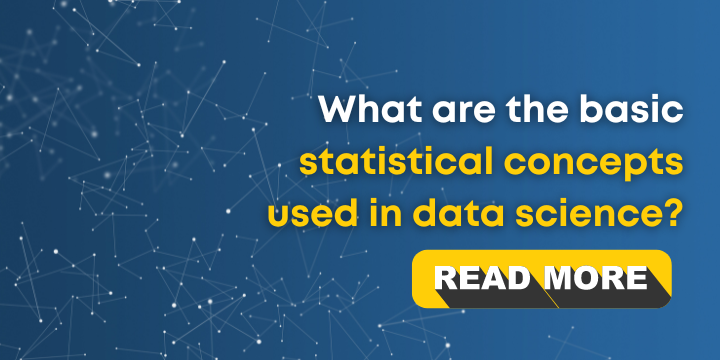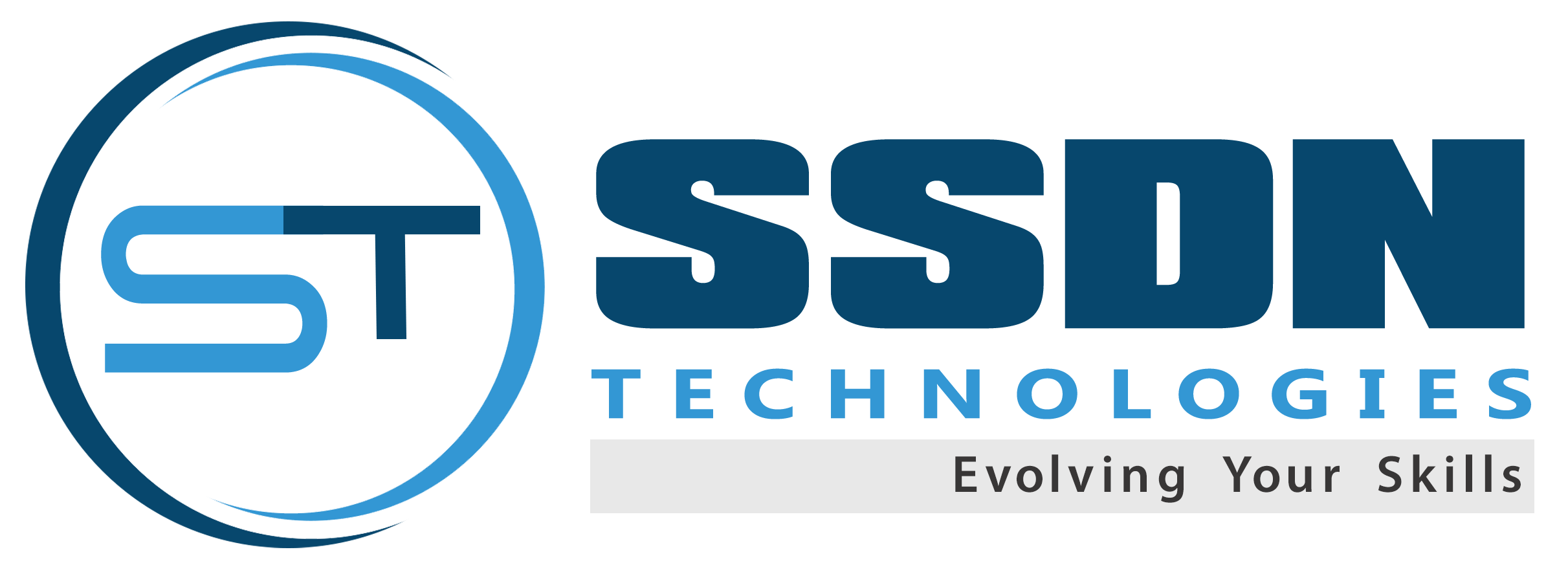
Updated on: November 22, 2022
Statistics is one of the well-known disciplines that revolve around the gathering, processing, and visualization of data. In this discipline, the information is being presented in an understandable manner. When it comes to learning about data science, the two primary competencies need to be filled up. One is statistics, and the other is machine learning. We will talk on statistical concepts used in data science. Statistics plays an important role in the selection, assessment, and interpretation of the predictive models, and one needs to know at least the basic concepts of them to make a profitable deal later on.
Before learning about the statistical concepts used in data science, you should know what statistics are and how they are used in our lives.
What are statistics?
Statistics is defined as the virtual and mathematical presentation of information. In data science, data is used to come up with predictions and all, and this is where statistics is used, wherein decisions are made using mathematical calculations. Statistics uses two methods to process data:
Descriptive statistics
it helps in providing the ways by summarizing the data through turning unprocessed observations into understandable data.
Inferential statistics
it considers small samples of data and then draws conclusions based solely on that sample.
How do statistics come into play in everyday life?
Have you ever noticed that when you start making predictions for the future, you are actually using statistics? When you are uncertain about waking up in the morning, you set an alarm. It is like making predictions on the basis of statistics. Researchers often make use of statistics by gathering data and drawing conclusions from it. Similarly, in the medical industry, statistics help define the best use of any drug or medicine.
Common terms used in statistics
There are a few common terms that are used commonly in statistics.
- Variable: it is defined as something that can be counted. It can be data, a number, or a quantity. It can also be called a “data point.”
- Population: It is a group of resources from which the data is gathered.
- Statistical parameter: it is taken as the measurement that helps in indexing the group of probability distributions such as the mean, median, or mode of the population.
- Probability distribution is defined as the mathematical idea that offers the chances of various potential outcomes.
- Sample: It is the portion of the population that is used to sample data and make predictions.
Basic Statistical Concepts Used in Data Science
When we talk about data science, there are several statistical concepts that are important to it. Here is a list of a few basic concepts that are important in data science, and knowledge of them will help the aspiring data scientist reach the edge of the career.
Correlation
is the statistical method that helps determine how two variables are related to each other. The correlation coefficient shows the linear relationship shared between two variables. If the coefficient turned out to be greater than zero, it indicates a positive relationship. If it comes out to be less than zero, then there is a negative relationship, and if it equals zero, then the two variables do not have a relationship with each other.
Regression:
It is the process wherein the relationship between one or more independent variables and one dependent variable is determined. There are two types of regression:
- Linearity: the relationship between a numerical predictor and one or more predictor variables is explained by linearity.
- Logistics: It explains the link between a binary response variable and one or more predictor variables.
Bias:
Whenever a model turned out to be representative of the entire population, it was biased. There are three forms of bias:
- Selection bias is the process of choosing the data group in a way that prevents a random choice being made on account of the data chosen.
- Confirmation bias: it is the problem wherein the analyst chose the data in order to support the assumption that turned out to be true.
- Time-interval bias: this occurs when a certain time frame is chosen purposefully to favor some outcome.
Distribution of possibilities:
In this case, an event is simplified as the outcome of an experiment. It carries two categories:
- Dependent: when the occurrence of an event is linked with earlier events.
- Independent: when the event is unaffected by the earlier events.
Statistical Analysis:
it is used to describe the basic characteristics of the data that provides an outlook of the provided data set, which might represent the sample population. These three things fall under it:
- Mean: It is the central value that is the arithmetic average.
- Median: It is the set’s middle value that divides in half.
- Mode: the value that appears frequently.
To move a career in Data Science learn best data science course in gurgaon at SSDN Technologies.
In data science, different sets of mathematical equations are used to analyze the data. Such mathematical equations are termed statistics. Statistics plays an important role in our lives, just as it does in data science.
Must Learn:
Become A Data Scientist As A Fresher
Data Science Hard To Learn
Data Science Career Path
Machine Learning in Data Science





